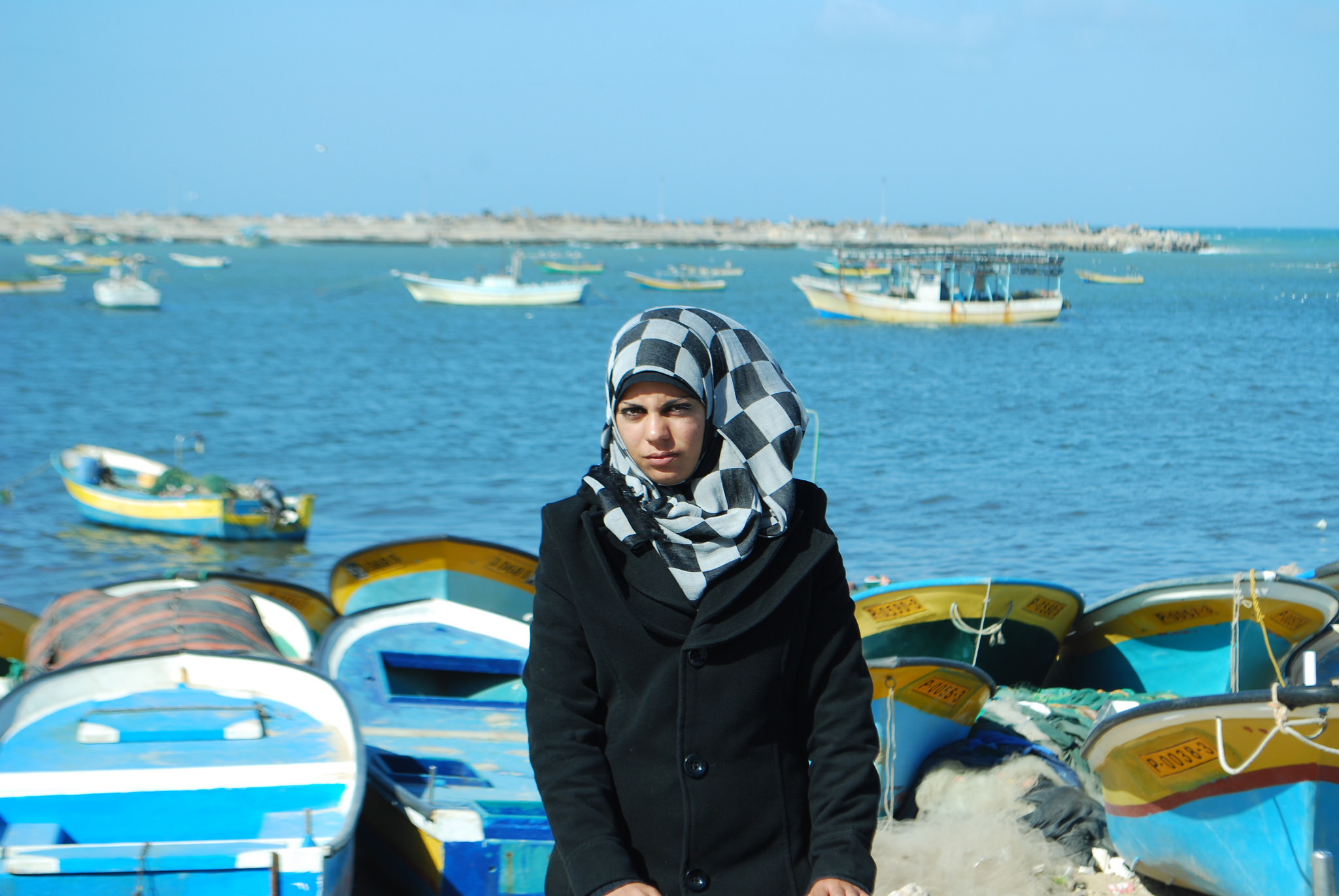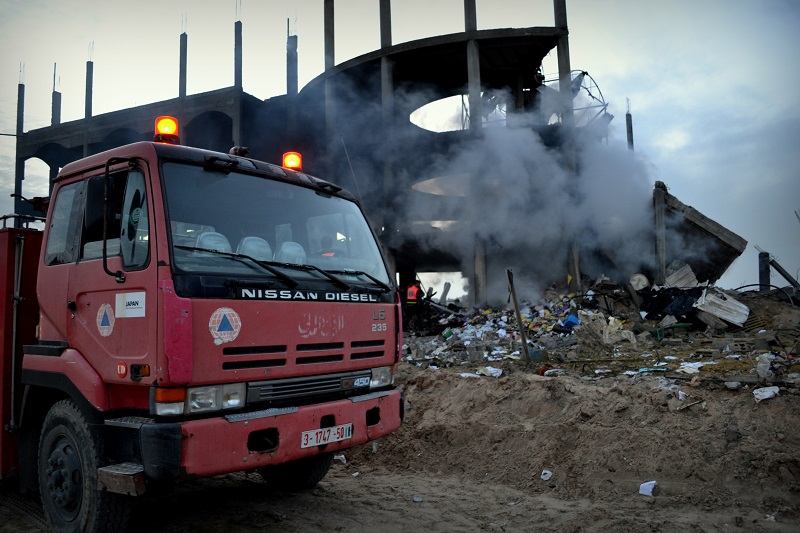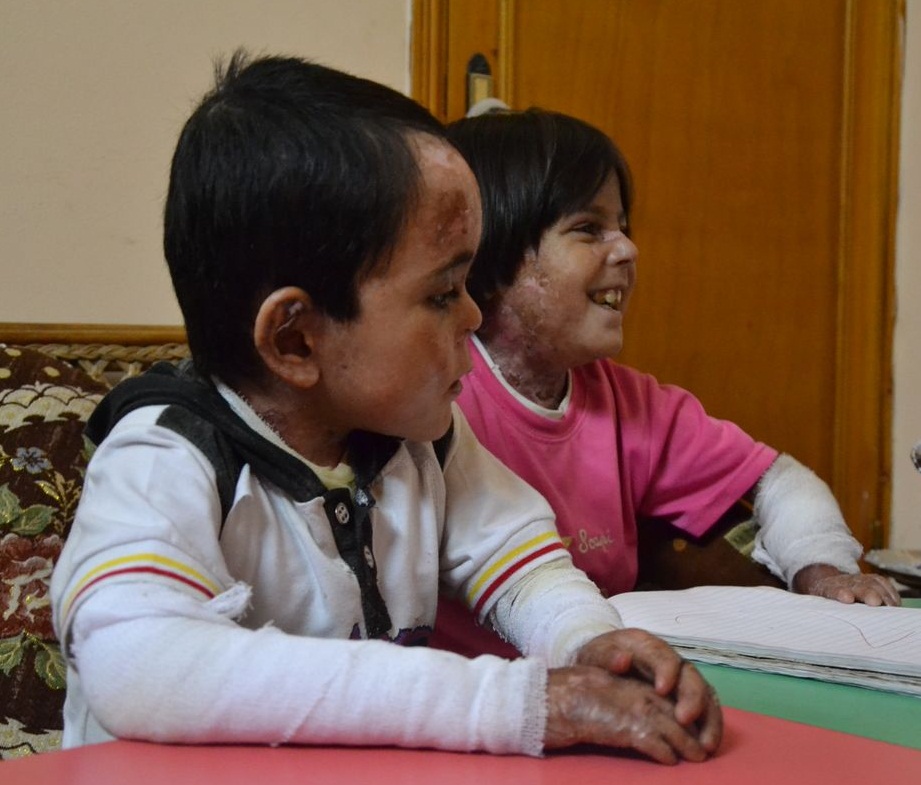Tag: Gaza Siege
-
Madleen Kolab, Gaza’s only fisherwoman
9th February 2014 | International Solidarity Movement, Charlie Andreasson | Gaza, Occupied Palestine I have seen her standing there more then once, at the edge of the port, looking out over the boats in the harbor and then towards the horizon. And for a short second, I have seen myself, when as a child I took…
-
Gaza children with terminal illness spend their final years under the siege
3rd February 2014 | International Solidarity Movement, Charlie Andreasson | Gaza, Occupied Palestine Epidermolysis bullosa is an exotic name for what is, in its most severe form, unusual, painful and fatal disease. It is caused by a deficiency of the protein that binds the two skin layers together, creating friction, blisters and open, slow-healing wounds. These…



